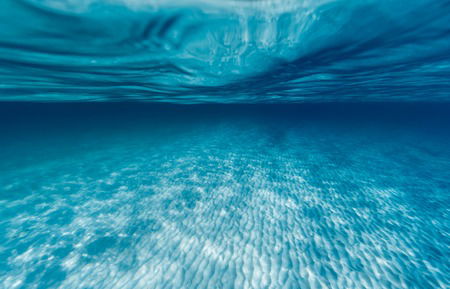How Much Water Is Deep?

Water, covering about 71% of Earth's surface, exists in various forms and depths. Understanding the depth of water in different contexts—from oceans and lakes to rivers and groundwater—is crucial for numerous scientific, environmental, and practical reasons.
#### Ocean Depths
Oceans, the largest bodies of water on Earth, have varying depths:
1. Average Ocean Depth: The average depth of the world's oceans is about 3,688 meters (12,100 feet). This depth is determined by the balance between the shallow continental shelves and the deep ocean basins.
2. Deepest Point: The Mariana Trench in the western Pacific Ocean holds the record for the deepest natural point in the Earth's seabed, known as the Challenger Deep, reaching approximately 10,994 meters (36,070 feet) below sea level. This trench is deeper than Mount Everest is tall.
3. Mid-Ocean Ridges: These undersea mountain ranges, such as the Mid-Atlantic Ridge, are typically found at depths of 2,500 to 3,000 meters (8,200 to 9,800 feet).
4. Abyssal Plains: Covering over half of the Earth's surface, these vast flat areas of the ocean floor lie between 3,000 and 6,000 meters (9,800 to 19,700 feet) deep.
#### Freshwater Bodies
Freshwater bodies also exhibit a range of depths:
1. Lakes:
- Deepest Lake: Lake Baikal in Russia, the deepest and oldest freshwater lake in the world, plunges to 1,642 meters (5,387 feet).
- Great Lakes: Among the North American Great Lakes, Lake Superior is the deepest, reaching depths of 406 meters (1,332 feet).
2. Rivers:
- Deepest River: The Congo River in Africa holds the title for the deepest river, with some sections reaching depths of around 220 meters (720 feet).
#### Groundwater
Groundwater, stored in aquifers beneath the Earth's surface, varies in depth significantly depending on the geology of the area:
1. Shallow Aquifers: These can be just a few meters below the surface and are often used for agricultural and domestic purposes.
2. Deep Aquifers: These can be found at depths exceeding 1,000 meters (3,280 feet). The Great Artesian Basin in Australia, for example, has depths reaching up to 3,000 meters (9,800 feet).
#### Human Impact and Exploration
Human activities and technological advancements continuously shape our understanding and interaction with water depths:
1. Deep-Sea Exploration: Advances in submersible technology, like the development of ROVs (Remotely Operated Vehicles) and manned submersibles, have allowed scientists to explore and study the deepest parts of the oceans.
2. Groundwater Extraction: Over-extraction of groundwater has led to significant declines in water tables, especially in agricultural regions, requiring deeper wells and more sophisticated extraction methods.
#### Conclusion
The depth of water, whether in oceans, lakes, rivers, or underground, plays a vital role in Earth's ecosystems and human society. From the crushing pressures of the deepest ocean trenches to the critical aquifers beneath our feet, understanding water depth is essential for environmental management, scientific research, and sustainable development. As technology advances, our ability to explore and manage these vast and varied depths will continue to improve, shedding light on the mysteries of our planet's most abundant resource.